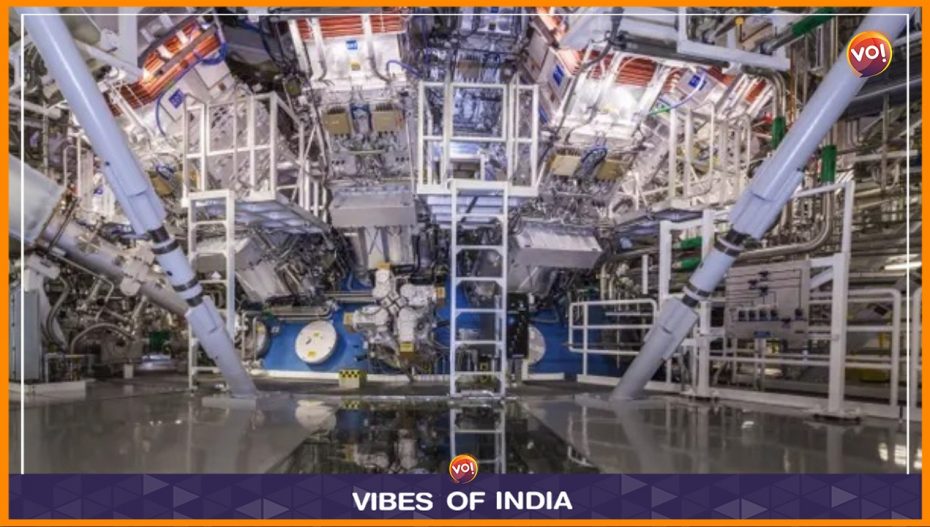Researchers have reportedly made a breakthrough in the quest to unlock a “near-limitless, safe, clean” source of energy: they have got more energy out of a nuclear fusion reaction than they put in.
Nuclear fusion involves smashing together light elements such as hydrogen to form heavier elements, releasing a huge burst of energy in the process. The approach, based on heat and light generation in the sun and other stars, has been hailed as having huge potential as a sustainable, low-carbon energy source.
However, since nuclear fusion research began in the 1950s, researchers have been unable to a demonstrate a positive energy gain, a condition known as ignition.
Now, it seems, the Rubicon has been crossed.
According to a report in the Financial Times, which has yet to be confirmed by the National Ignition Facility (NIF) at Lawrence Livermore National Laboratory in California that is behind the work, researchers have managed to release 2.5 MJ of energy after using just 2.1 MJ to heat the fuel with lasers.
Dr Robbie Scott, of the Science and Technology Facilities Council’s (STFC) Central Laser Facility (CLF) Plasma Physics Group, who contributed to this research, described the results as a “momentous achievement.”
“Fusion has the potential to provide a near-limitless, safe, clean, source of carbon-free baseload energy,” he said. “This seminal result from the National Ignition Facility is the first laboratory demonstration of fusion “energy-gain’ – where more fusion energy is output than input by the laser beams. The scale of the breakthrough for laser fusion research cannot be overstated.
But experts have stressed that while the results would be an important proof of principle, the technology is a long way from being a mainstay of the energy landscape. To start with, 0.4MJ is about 0.1kWh – about enough energy to boil a kettle.
Then, there is another factor: the positive energy gain reported ignores the 500MJ of energy that was put into the lasers themselves.
However, Chittenden stressed the NIF was designed for a scientific demonstration, not as a power plant. “The efficiency of converting electrical energy to laser energy was not a factor in its design,” he said.
“Anyone working in fusion would be quick to point out that there is still a long way to go from demonstrating energy gain to getting to wall-plug efficiency where the energy coming from a fusion reactor exceeds its electrical energy input required to run the reactor,” he added.
Also Read: Star Wars: Nora Sues Jacky For Criminal Defamation In Sukesh Case













